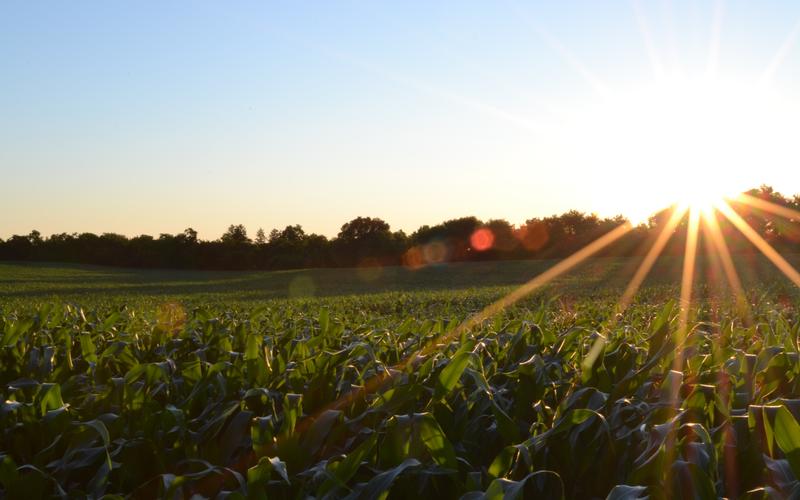Developing crops for resistance: a path towards food security

Developing crops for resistance: a path towards food security
Climate change has started to impact agriculture, and therefore our ability to maintain food production for the future. Food security is a complex issue that should be tackled from various fronts. As a recent article points out, developing and widening the production of crops that can resist environmental stressors can be an essential part of the solution.
Zhang, H., Li, Y., & Zhu, J. K. (2018). Developing naturally stress-resistant crops for a sustainable agriculture. Nature plants, 1. Doi: 10.1038/s41477-018-0309-4.
The capacity of humanity to feed itself is a challenge that is only getting harder to overcome. While the world population is increasing, natural resources for food production are not. Today, agriculture occupies 38% of the world’s land and uses 70% of global freshwater. However, droughts, extreme temperatures, and poor soil conditions, exacerbated by climate change, are making it increasingly difficult to produce food. As such, stress-resistant crops that can adapt to climate change while maintaining food production are becoming increasingly important.
A recent paper spearheaded by Heng Zhang from the Shanghai Center for Plant Stress Biology explores naturally stress-resistant crops that can serve as a model to guide and inform future research. They suggest that improving and accelerating the genetic modification of stress-resistant crops, and incorporating them into our agriculture systems, can improve food security.
Stress-resistant plants have naturally evolved to grow in extreme environments: hot, dry, and salty places. For instance, cacti have spines that protect them from predators and shallow widespread roots that absorb as much water as possible. Mangroves also have special roots that exclude and release any excess salts. Other plants, in response to lack of water, enter a dormancy stage that allows them to stay alive while waiting for conditions to improve. Fortunately for us, natural selection has created thousands of naturally stress-resistant plants (NSRP).
As the study points out, some of these NSRP are already cultivated around the world. For example, millets, cereals commonly cultivated in Africa and Asia, are drought resistant. Quinoa, a crop that has been popularized in recent years, can tolerate high levels of salinity and has adapted to different ecosystems. Buckwheat and amaranth can survive even in nutrient-poor conditions. The authors point to the importance of increasing research on these stress-resistant species.
Historically, plant selection by farmers and genetic modification in laboratories have focused only on increasing crop yields and resisting pests and herbicides. Although these efforts have been successful in reducing the need for more land, no consideration was given to improving plants’ resistance to environmental stressors. Zhang and his colleagues recognize the importance of increasing resistance of our main crops. However, doing so is complex; plants owe their resistance to more than one factor, not only to a single gene.
The authors suggest that, rather than creating stress-resistance in our main crops, we should focus on expanding the cultivation and increasing the yields of those crops that are naturally resistant to environmental stressors. Many challenges and barriers exist in this approach. There is a lack of research and knowledge about NSRP, especially the wild varieties. Additionally, as diets change and become more Western, these barriers increase. Today, three crops—maize, wheat, and rice—account for half of the world’s calorie consumption, and only 30 species of plants cover almost all of the world’s dietary needs. Expanding our diet into stress-resistant crops, such as cactus (commonly eaten in México), could help to generate more demand.
Heng Zhang and his colleagues believe that the focus on genetic modification to improve yields of the NSRP can be part of the solution. Combining knowledge of plant domestication and new technologies, agriculture can aim to maintain resistance in plants while increasing their yields. Expanding the production of crops that are naturally resistant to climate change will play a crucial role in maintaining food security in a changing world.




